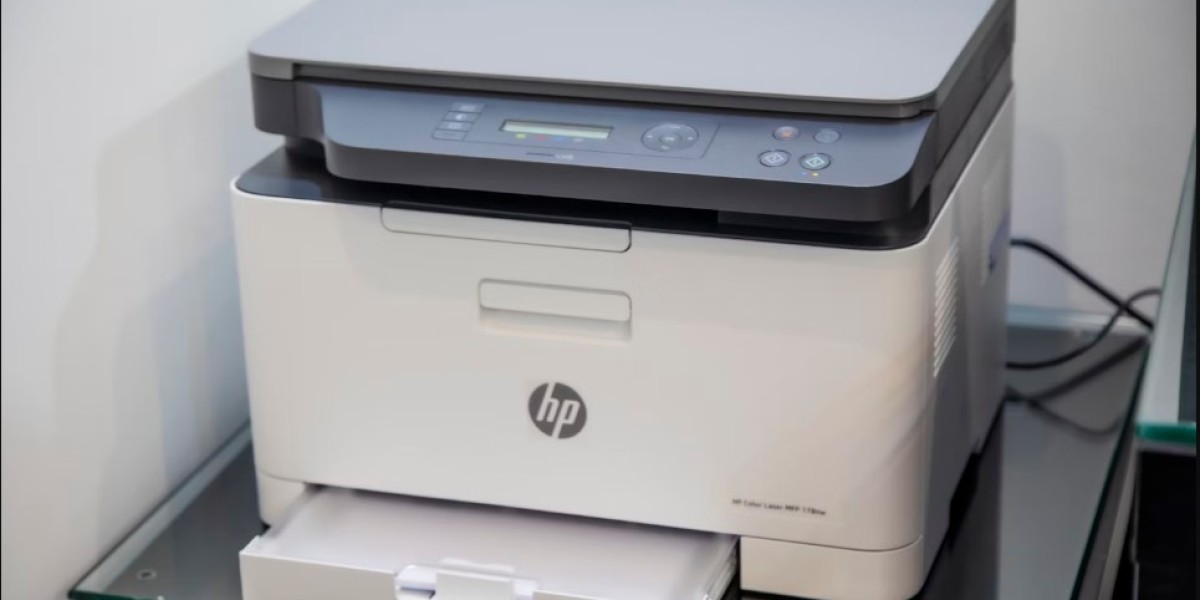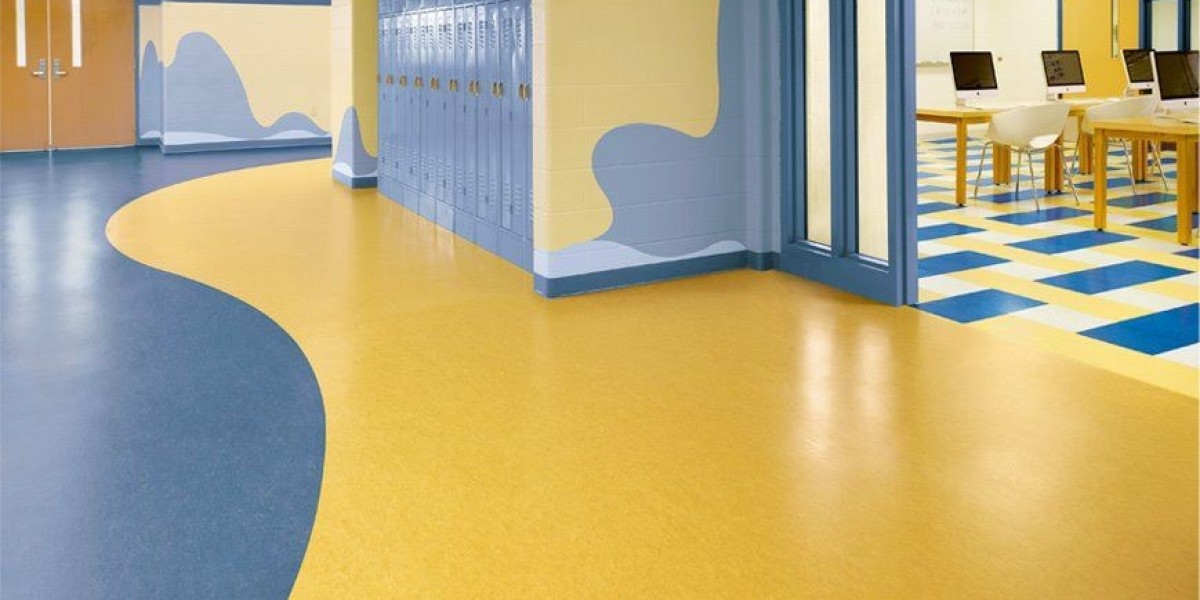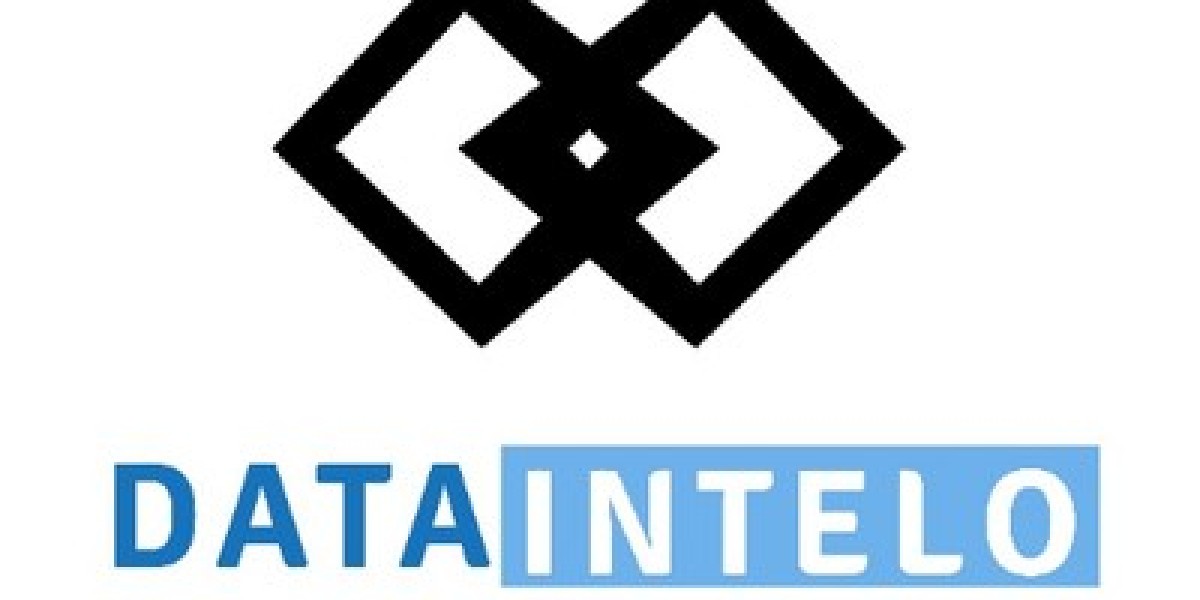In today’s competitive market, large-format printing remains one of the most effective ways to capture attention and communicate messages on a grand scale. From banners and posters to event signage and storefront displays, large-format printing provides powerful visual impact, making it ideal for both business and personal use. This guide will walk you through the basics of large-format printing, its benefits, and tips for creating eye-catching banners, posters, and signage.
1. What is Large-Format Printing?
Large-format printing is a specialized type of printing that produces high-quality, large-scale prints. Unlike standard printers, large-format printers are designed to print on much larger materials, such as vinyl, fabric, canvas, and heavy-duty paper, often exceeding 24 inches in width. This process uses a variety of inks and advanced technology to ensure vibrant, sharp, and durable images that maintain their quality at a large size.
2. Types of Large-Format Prints
a. Banners
Banners are versatile and commonly used for both indoor and outdoor advertising. Typically made from durable materials like vinyl or mesh, banners can withstand weather conditions, making them ideal for promotional events, trade shows, and storefronts.
- Benefits: Highly visible, weather-resistant, reusable.
- Best Uses: Event promotions, sales announcements, grand openings, and outdoor advertising.
b. Posters
Posters are popular for conveying messages indoors, whether in offices, stores, schools, or public spaces. They are generally printed on high-quality paper or cardstock, ideal for vibrant and detailed graphics.
- Benefits: Cost-effective, easy to distribute, suitable for detailed designs.
- Best Uses: Product promotions, educational materials, movie or event advertising, decorative art.
c. Signage
Signage encompasses a broad category of large-format prints, including yard signs, directional signs, point-of-purchase displays, and more. These can be printed on materials like foam board, acrylic, or metal for durability and versatility.
- Benefits: Wide range of materials, suitable for indoor and outdoor use, highly customizable.
- Best Uses: Wayfinding, brand displays, storefront signs, safety and compliance notices.
3. Key Considerations for Large-Format Printing
a. Material Selection
Choosing the right material is crucial for achieving durability and desired visual impact. Consider:
- Vinyl: Ideal for outdoor use due to its water-resistant and UV-resistant properties.
- Paper and Cardstock: Great for indoor posters and economical options.
- Foam Board and Acrylic: Excellent for rigid signs and displays that require sturdiness.
- Fabric: Provides a softer look, often used for banners at events or trade shows.
b. Resolution and Image Quality
Since large-format prints are scaled up significantly, high-resolution images are necessary to avoid pixelation. Aim for a minimum resolution of 300 DPI (dots per inch) for clear, crisp images at large sizes. Professional graphic design software, like Adobe Illustrator or Photoshop, can help ensure that images are optimized for large-format printing.
c. Color and Contrast
Bold colors and high contrast make your signage more eye-catching and readable from a distance. Consider the location of your print: outdoor signage should use high-contrast colors to stand out in bright daylight, while indoor prints can use subtler palettes. Color calibration is also important to ensure colors match your branding across various print materials.
d. Size and Placement
The size of your print should be proportional to its viewing distance. For instance:
- Close-up viewing (e.g., posters): Smaller fonts and detailed graphics are effective.
- Mid-range viewing (e.g., banners): Medium-sized text and bold visuals work well.
- Long-distance viewing (e.g., large signage): Large text, simple graphics, and high-contrast colors ensure readability from afar.
4. Design Tips for Effective Large-Format Prints
a. Keep Text Simple and Readable
Use a clean, sans-serif font for headlines and key information to improve readability. Keep text minimal—large-format prints are visual by nature, so let your images and colors speak for themselves.
b. Use High-Quality Images and Graphics
Large-format prints require images with high resolution to maintain quality. Vector graphics are ideal because they can scale without losing clarity, making them perfect for logos and icons. If using photographs, choose the highest quality possible to avoid pixelation.
c. Incorporate Brand Elements Consistently
Whether for a small poster or a large banner, be consistent with your brand colors, logo placement, and fonts. Consistent branding helps strengthen your message and makes your display immediately recognizable.
d. Utilize White Space Strategically
Allow for breathing room around text and images to create a balanced design. White space draws attention to the main elements, prevents clutter, and helps the design appear more professional.
5. Benefits of Large-Format Printing
Large-format printing offers several advantages for businesses and individuals alike:
- Visibility: The size and bold visuals make these prints hard to miss, which is ideal for promoting events, products, or services.
- Durability: With proper materials, large-format prints can withstand various conditions and provide long-lasting impact.
- Versatility: Whether for temporary events or long-term displays, large-format printing can be adapted to various needs and environments.
Conclusion
Large-format printing is a powerful tool for making impactful statements, drawing attention, and promoting brands. Whether you’re designing a banner, poster, or sign, understanding the nuances of materials, design elements, and placement can help you create effective, visually stunning prints. The UPS Store offers a range of large-format printing solutions to bring your ideas to life and make a memorable impression.



